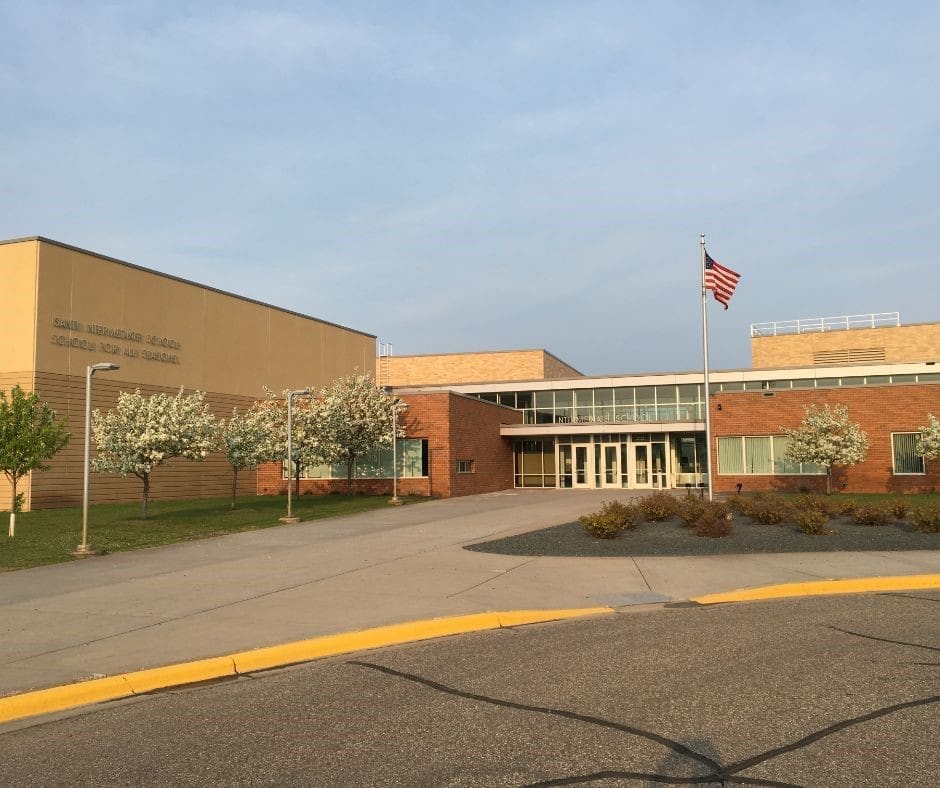by Trish Svoboda
On Tuesday, the Kansas Senate reached a compromise on a bill that establishes guidelines for student enrollment counts, which are linked to state funding. This legislation is designed to accommodate the needs of both expanding and shrinking public school districts.
The senators supported the proposal, with a vote of 33-6. The plan allows districts to choose between reporting the current school year’s enrollment for budgeting purposes or using a two-year average enrollment. The rationale behind this is that districts with increasing student numbers would favor the most recent enrollment data to ensure adequate funding for new students. Conversely, districts experiencing a decline in student numbers would benefit from using the two-year average.
If this agreement is also approved by the Kansas House and Governor Laura Kelly, the option to use a two-year average would only be available for the 2024-2025 academic year. The state would incur an approximate cost of $4.6 million to facilitate this smoother transition for both urban and rural districts experiencing a decrease in enrollments.
“This is critically important for schools with declining enrollment because it allows them to gradually adjust to a decrease in enrollments without suffering significant and abrupt loss in funding,” said Sen. Elaine Bowers, a Concordia Republican who also said most school districts within her Senate district were losing students.
Senate Bill 386, initially requiring school districts to calculate state revenue based on current or previous year’s enrollment, has been debated. The state plans to adopt this enrollment and budget method in the 2025-2026 academic year.
Sen. Mary Ware expressed concerns that the original bill would financially strain the Wichita school district, which had already negotiated two-year agreements with staff based on the current finance formula tied to enrollment.
Sen. Molly Baumgardner said that the state’s special provisions for districts with declining enrollments would eventually lead to a reckoning. She noted that Kansas has 10 districts with fewer than 100 students each and one with less than 20 students.
The original and amended versions of SB 386 represent a change from the current law, which requires school districts and the Kansas State Department of Education to determine state aid based on the previous year’s enrollment counts. An exception exists for districts experiencing a decrease in enrollment, allowing them to set funding based on the second-preceding year’s headcounts.













